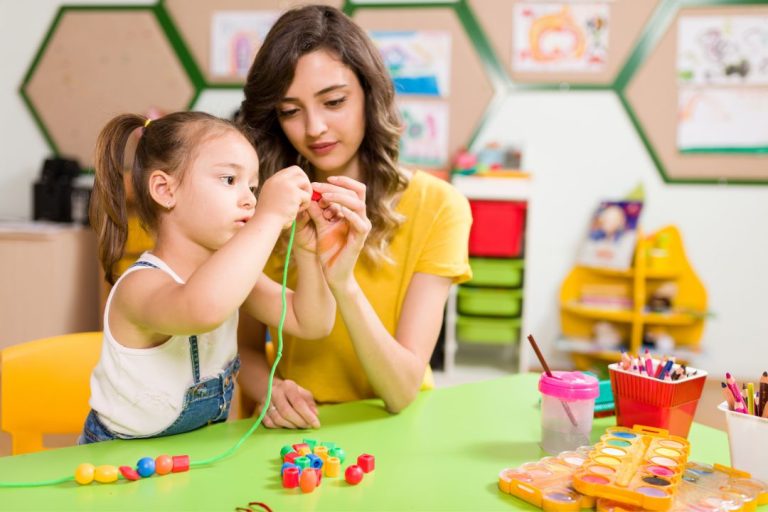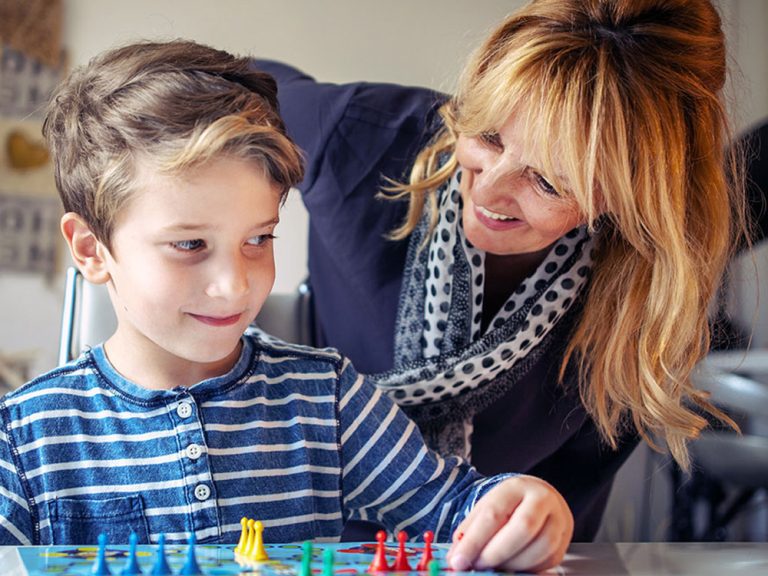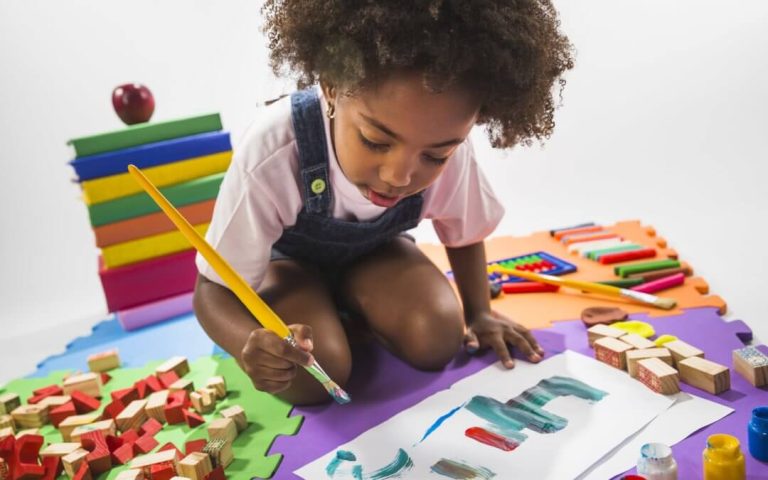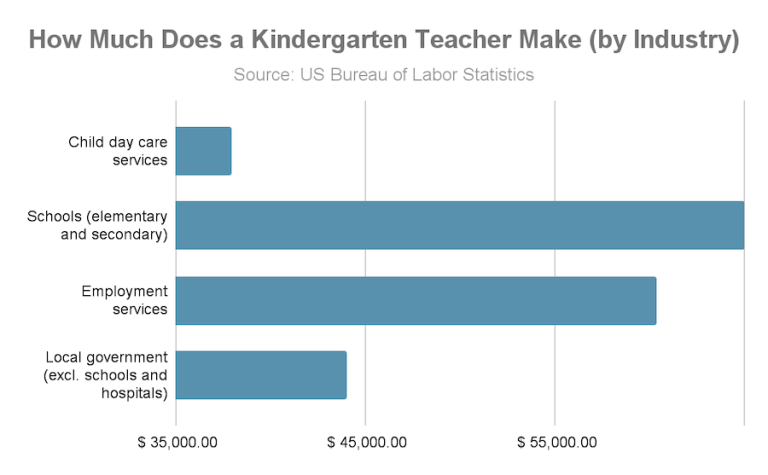What is Environment in Early Childhood Education: Creating a Nurturing Space

The environment in early childhood education refers to the physical, social, and emotional surroundings where young children learn and develop. It includes the physical space, materials, interactions, and relationships that influence children’s growth and learning experiences.
Creating a positive and stimulating environment is essential for supporting children’s curiosity, exploration, and learning. A well-designed environment encourages children to engage in activities that promote cognitive, social, emotional, and physical development. It also plays a crucial role in fostering a sense of belonging, safety, and well-being for young learners.
By understanding the significance of the environment in early childhood education, educators can effectively support children’s holistic development and create enriching learning experiences. This comprehensive approach to the environment enhances children’s readiness for future educational success.
The Importance Of Environment In Early Childhood Education
Environment plays a crucial role in shaping the experiences of young children in early childhood education. Creating a nurturing and stimulating environment is essential for fostering growth, learning, and overall well-being. The environment encompasses both the physical and emotional aspects, each contributing significantly to a child’s development. Understanding the importance of environment in early childhood education is fundamental to providing a supportive and enriching experience for young learners.
Physical Environment
The physical environment in early childhood education refers to the setting, materials, and resources that surround the children. A well-designed physical environment can promote exploration, creativity, and cognitive development. It includes the layout of the classroom, the arrangement of furniture, the accessibility of learning materials, and the incorporation of natural elements. Creating designated spaces for different activities, such as reading nooks, art corners, and sensory areas, encourages diverse forms of play and learning. Incorporating age-appropriate furniture and equipment ensures safety and comfort, supporting children’s independence and mobility.
Emotional Environment
The emotional environment encompasses the atmosphere, interactions, and relationships within the early childhood setting. Establishing a nurturing and supportive emotional environment is essential for fostering trust, security, and emotional well-being. It involves building positive relationships between educators and children, as well as among the children themselves. Encouraging open communication, empathy, and respect cultivates a sense of belonging and emotional intelligence. Creating a positive and inclusive culture within the learning environment fosters a sense of community and emotional resilience.
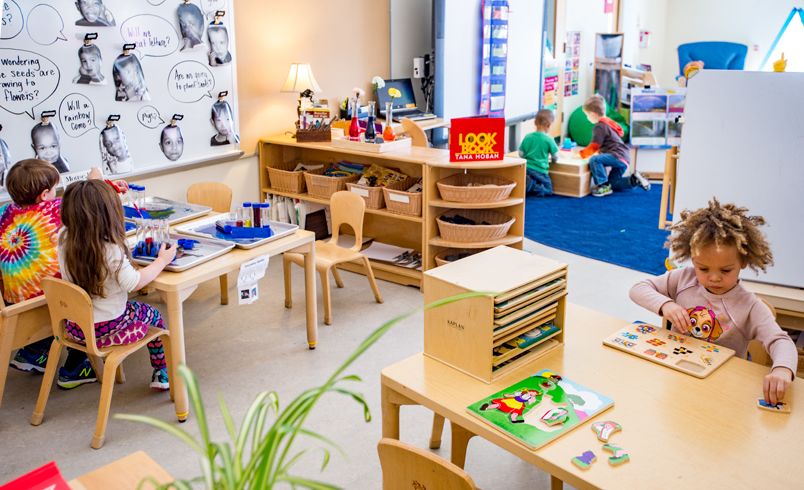
Credit: www.communityplaythings.com
Designing A Nurturing Physical Environment
Designing a nurturing physical environment for early childhood education plays a crucial role in fostering a positive learning experience. The physical environment encompasses the layout, organization, and sensory stimulation that contribute to creating a supportive and engaging space for young children to explore, learn, and develop.
Layout And Organization
The layout and organization of the physical environment in early childhood education settings are essential for facilitating smooth and efficient navigation for both children and educators. Clear pathways and designated areas for different activities help establish a sense of structure and routine, promoting a safe and organized learning environment.
Sensory Stimulation
Sensory stimulation is a fundamental aspect of the physical environment in early childhood education. Incorporating sensory-rich materials and experiences, such as colorful and textured surfaces, enriching nature elements, and interactive learning tools, can enhance children’s sensory exploration and cognitive development.
Creating An Emotionally Supportive Environment
Creating an emotionally supportive environment in early childhood education is paramount for nurturing the holistic development of young learners. An environment that fosters emotional support provides a safe, secure, and nurturing space for children to explore, learn, and grow. It is a place where every child feels valued, heard, and understood, laying the foundation for their social, emotional, and cognitive well-being.
Building Relationships
Building positive relationships with both peers and educators is essential for creating an emotionally supportive environment in early childhood education. Encouraging open communication, fostering a sense of belonging, and celebrating diversity are key elements in establishing strong and meaningful connections within the learning community.
Promoting Positive Behavior
Promoting positive behavior involves setting clear expectations, modeling appropriate conduct, and reinforcing positive actions. By providing consistent and supportive guidance, children learn to regulate their emotions and develop essential social skills, contributing to a harmonious and nurturing environment.
Incorporating Nature Into The Learning Space
Incorporating nature into the learning space is crucial for early childhood education. By creating an environment that connects children with nature, we can nurture their curiosity, creativity, and love for the natural world. This approach also promotes a sense of responsibility and care for the environment from a young age. Here’s how we can incorporate nature into the learning space.
Outdoor Spaces
Outdoor spaces play a vital role in early childhood education. They offer children the opportunity to explore and interact with the natural world. Designing outdoor play areas with natural elements such as trees, plants, and open spaces can provide a rich environment for learning and development. It allows children to engage in physical activities, sensory experiences, and imaginative play, fostering their holistic growth.
Bringing Nature Indoors
Bringing nature indoors is equally important in early childhood education. Integrating natural materials like wooden furniture, plants, and natural light into the learning environment can create a calming and nurturing atmosphere. It also provides opportunities for sensory exploration, observation of natural processes, and hands-on learning experiences. Additionally, incorporating nature-themed artwork and books can further immerse children in the wonders of the natural world.
The Role Of Color And Decor In Early Childhood Environments
The Role of Color and Decor in Early Childhood Environments
Creating a stimulating environment is crucial in early childhood education. Color and decor play a significant role in shaping young minds and promoting learning.
Color Psychology
Color psychology involves how colors impact emotions and behavior. In early childhood environments, vibrant hues can foster creativity and positivity.
Developmentally Appropriate Decor
Developmentally appropriate decor should be engaging yet not overwhelming. Simple, interactive elements can enhance children’s learning experiences.
Implementing Safety Measures In The Educational Environment
Creating a safe educational environment in early childhood education is crucial for the well-being of children. Implementing safety measures such as regular cleaning, sanitization, and enforcing health protocols can help minimize health risks and ensure a secure learning space for young learners.
As an early childhood educator, ensuring a safe learning environment for children is paramount. Implementing safety measures in the educational environment guarantees the protection and wellbeing of the children while in your care. Below are some safety measures that every early childhood educator should consider implementing to create a safe learning environment for children.Childproofing
Childproofing the educational environment involves identifying potential hazards and taking measures to eliminate them. This process involves ensuring that all equipment and materials used in the learning environment are age-appropriate and safe for use. Additionally, furniture should be secured to the floor or wall to prevent accidents. Electrical outlets should be covered, and sharp objects should be kept out of reach.Emergency Preparedness
In case of an emergency, it is essential to have an emergency response plan in place. This plan should include procedures to follow in case of a fire, natural disaster, or any other emergencies that may occur. Educators should also conduct regular emergency drills to ensure that children are aware of the procedures to follow in case of an emergency.Ensuring A Healthy Environment
Apart from physical safety, ensuring a healthy environment is equally important. Educators should ensure that the learning environment is clean and free of germs to prevent the spread of illnesses. Additionally, children should be encouraged to practice good hygiene, such as washing their hands regularly. In conclusion, implementing safety measures in the educational environment is critical to ensure the safety and wellbeing of children while in your care. By childproofing the environment, having an emergency response plan, and ensuring a healthy environment, early childhood educators can create a safe learning environment for children.Fostering A Sense Of Belonging And Inclusivity
Diversity Representation
Children should see themselves reflected in the environment to feel a sense of belonging.
Personalized Spaces
Creating areas tailored to each child’s interests enhances their sense of ownership.

Credit: www.sciencedirect.com
The Impact Of Environment On Early Childhood Development
The Impact of Environment on Early Childhood Development
Cognitive Development
The environment directly influences how children think, learn, and process information.
Cognitive development in early childhood is shaped by the stimulation and resources available in their surroundings.
Social-emotional Development
Children’s interactions with their environment play a crucial role in their social-emotional development.
Positive environments foster empathy, communication, and emotional regulation in young children.
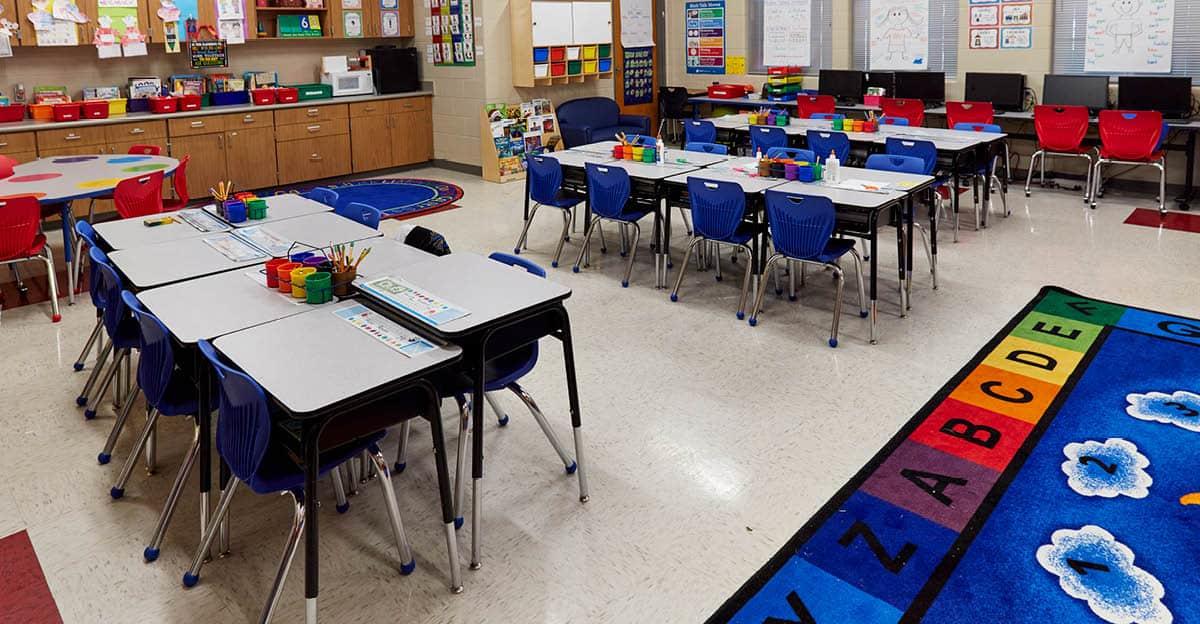
Credit: blog.schoolspecialty.com
Frequently Asked Questions
What Does Environment Mean In Early Childhood?
The environment in early childhood refers to the physical, social, and emotional surroundings that influence a child’s development. It includes the home, school, and community settings where a child interacts and learns. A positive environment fosters healthy growth and learning experiences for young children.
What Is The Learning Environment In Early Childhood?
In early childhood, the learning environment includes interactive activities, play-based learning, and supportive interactions with teachers. This environment promotes social, emotional, and cognitive development in young children.
What Is Environment In Teaching?
The environment in teaching refers to the physical, social, and emotional surroundings where learning takes place. It includes the classroom setup, resources, interactions, and atmosphere that impact students’ ability to learn effectively.
What Is The Role Of The Early Childhood Environment?
The early childhood environment plays a crucial role in shaping a child’s development. It provides opportunities for learning, exploration, and socialization, which are essential for a child’s growth. A positive and nurturing environment can foster a child’s cognitive, emotional, and social development, while a negative environment can have adverse effects.
Creating a safe, engaging, and stimulating environment is key to supporting a child’s overall development.
Conclusion
Understanding the environment in early childhood education is crucial for children’s development. By creating nurturing spaces, educators can foster growth and learning. It is essential to prioritize nature-based experiences to enhance children’s connection to the world around them. Embracing the environment in education sets a strong foundation for lifelong environmental stewardship.
Lorem Ipsum is simply dummy text of the printing and typesetting industry. Lorem Ipsum has been the industry’s standard dummy text ever since the 1500s, when an unknown printer took a galley of type and scrambled it to make a type specimen book.

